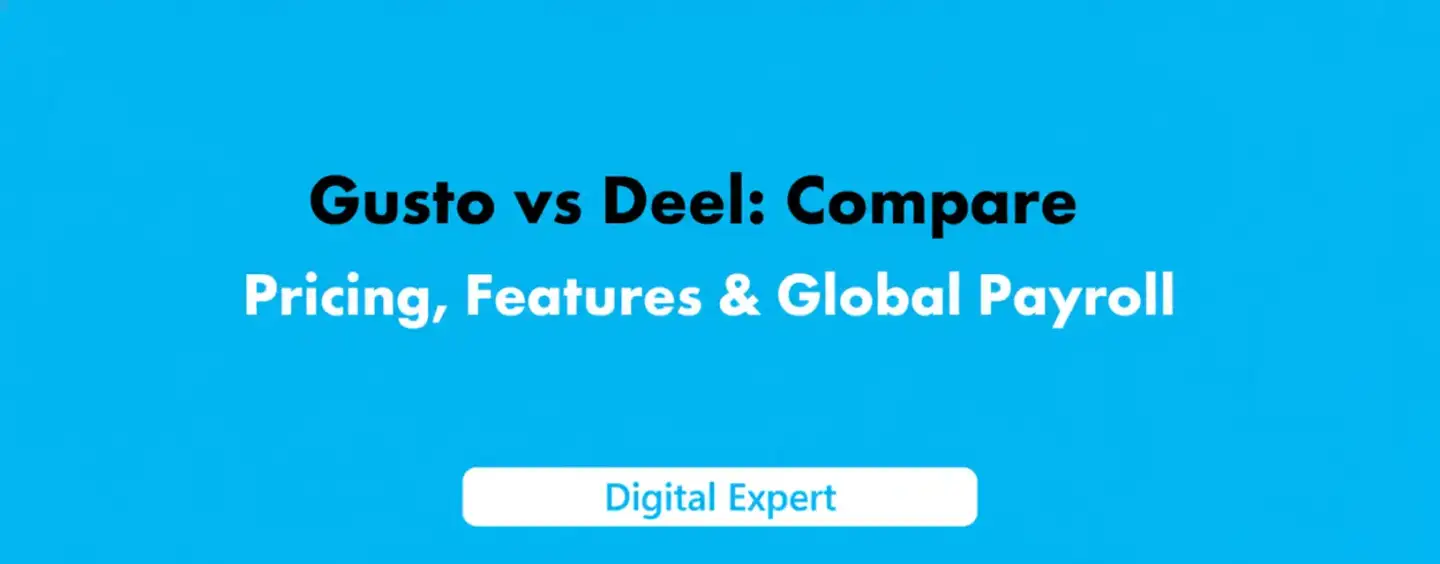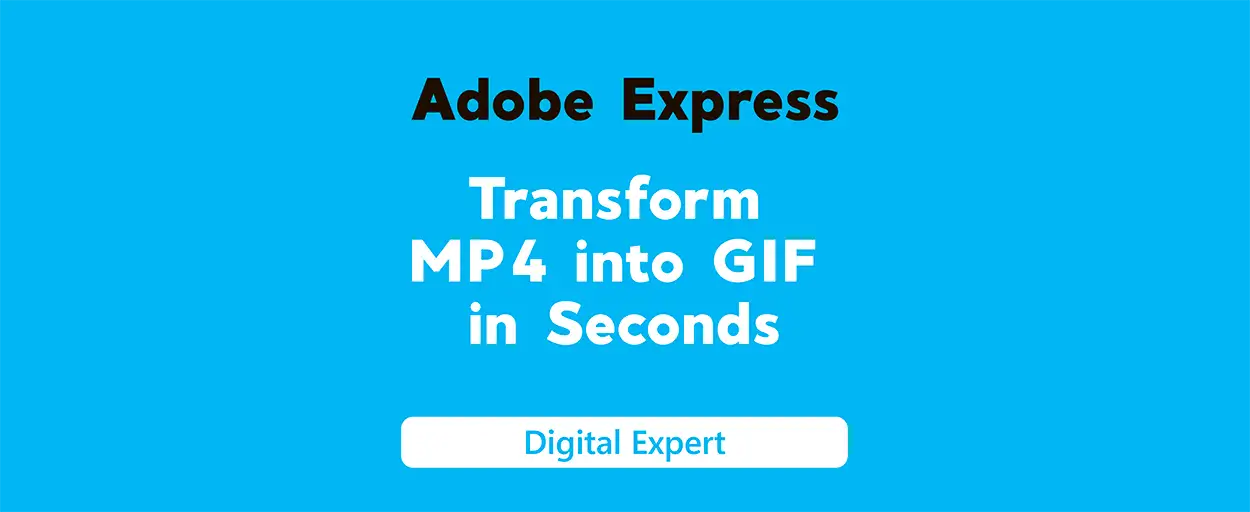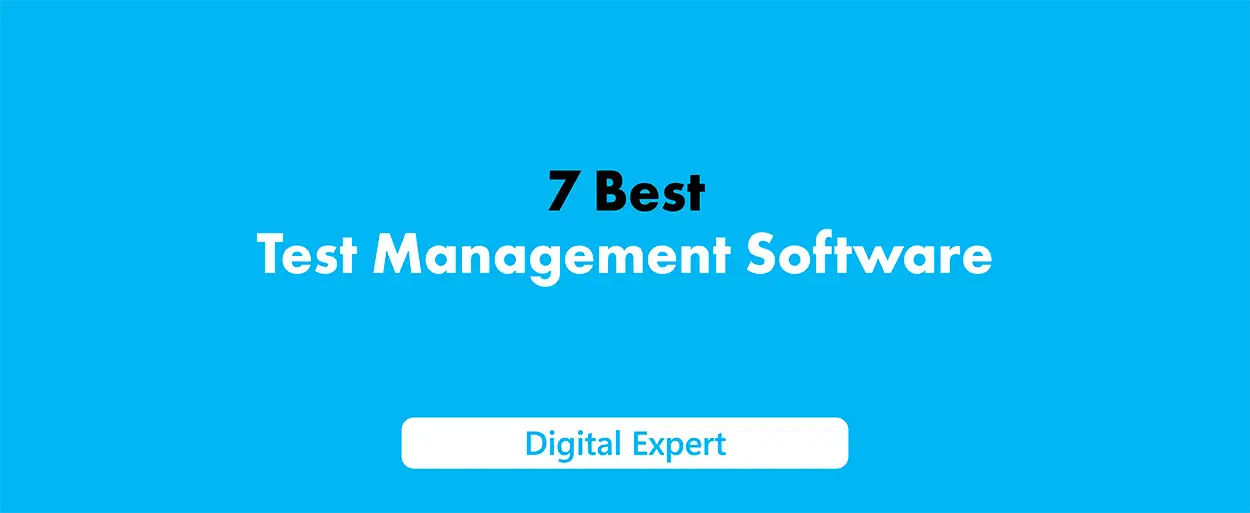Choosing the right email marketing platform can make or break your marketing efforts. In this ActveCampaign vs Constant Contact comparison, we’ll examine the strengths and weaknesses of both tools so you can pick the winner for your business. ActiveCampaign and Constant Contact each serve different audiences. Constant Contact is known for its beginner-friendly interface and event marketing features, making it popular with small businesses and nonprofits.
ActiveCampaign, by contrast, is a powerful marketing automation and CRM platform aimed at growing businesses that need advanced workflows and segmentation. We’ll compare them side by side — in terms of pricing, key features, ease of use, support, and more — to show why ActiveCampaign ultimately comes out on top.
You can also check out our extensive comparison of HubSpot vs ActiveCampaign
ActiveCampaign: Best for Advanced Automation and Growth
ActiveCampaign is a comprehensive marketing automation platform designed for businesses ready to scale. Its standout feature is a visual automation builder that lets you create complex, multi-step customer journeys with numerous triggers, actions, and conditional splits. This means you can tailor campaigns to individual behaviors like email opens, purchases, or site visits. ActiveCampaign also includes a built-in CRM and sales pipeline tools, so marketing and sales data live together.
This lets you track every customer interaction in one place and deliver highly targeted follow-up — a level of integration Constant Contact lacks. Other key features include advanced list segmentation, lead scoring, multichannel marketing (email, SMS, Facebook ads, etc.), and deep analytics. For example, ActiveCampaign’s Predictive Sending feature uses machine learning to automatically pick the best send time for each contact, boosting engagement.
Pricing: ActiveCampaign has no free plan. Its entry-level Starter plan begins at about $15 per month for up to 500 contacts (or $29 for 1,000 contacts). The Plus plan (around $49/mo for 1,000 contacts) unlocks advanced features like landing pages, SMS marketing, and CRM functionality. A Professional plan (starting ~$79 for 2,500 contacts) adds split-testing automations, predictive sending, and deep analytics.
Pricing scales with your list size. In general, ActiveCampaign’s plans cost more than Constant Contact’s entry tier, but they include a much richer feature set. (Note: ActiveCampaign offers a 14-day free trial to test its features.)
Pros:
Robust Automation & CRM: Powerful multi-step workflows, triggers, and a built-in CRM all in one platform.
Advanced Segmentation: Target contacts by behavior, demographics, purchase history, and custom fields.
Deep Integrations: Connects with 200+ apps (Shopify, WooCommerce, Salesforce, etc.), plus native support for webhooks and data warehouses.
In-Depth Reporting: Detailed analytics on opens, clicks, forwards, purchases, and conversion funnels.
Highly Scalable: Flexible plans and hundreds of automation workflows enable growing businesses to expand.
Constant Innovation: Features like “Predictive Sending” and unified inbox (chat, email, Messenger) keep it cutting-edge.
Cons:
Learning Curve: The interface can feel overwhelming to new users. Many reviewers note it has a steep learning curve for beginners.
Cost Increases: Higher-tier plans are relatively expensive for large contact lists, especially with add-ons (e.g. SMS, additional users).
No Free Plan: Only a 14-day trial and paid plans. No permanently free tier.
Limited Templates & Assets: Fewer email templates (250+) than Constant Contact, and no built-in stock image library.
Interface Quirks: Some users report a slightly less polished UI for contact management (e.g. editing contacts).
Comparison Note: ActiveCampaign is far more powerful than Constant Contact in automation, CRM, and analytics. While it takes more effort to learn, it rewards you with complete control. In contrast, Constant Contact is simpler but much more limited (as seen in automation and reporting below).
Constant Contact: Best for Beginners and Events
Constant Contact is an email marketing tool known for its user-friendly approach and extensive template library. It’s often recommended for small businesses, nonprofits, and organizations running frequent events. Constant Contact offers hundreds of mobile-responsive email templates (around 400) for announcements, promotions, and events. Its drag-and-drop editor is very easy to use even for non-designers.
A standout feature is event management: you can create event pages, sell tickets, collect RSVPs, and follow up with registrants all within Constant Contact. This makes it useful if your marketing is tied to webinars, workshops, or live events. Constant Contact also includes basic automation (welcome emails, birthday emails, etc.) and decent reporting on opens/clicks.
Pricing: Constant Contact offers a free trial (up to 60 days in the US) and tiered paid plans based on list size. For example, up to 500 contacts costs about $12–$20 per month depending on features, and then scales up from there. You can start with the Core/Lite plan ($12/mo for 500 contacts) and upgrade to Standard or Premium for more advanced features. In general, Constant Contact is cheaper at very small list sizes, but costs rise steeply once you go beyond 1,000 contacts.
Pros:
Ease of Use: Intuitive, beginner-friendly interface with step-by-step guidance. Quick to set up simple email campaigns.
Email Templates: Large selection of professional, customizable templates (Constant Contact has more templates than ActiveCampaign).
Event Marketing: Built-in tools to manage events, RSVPs, ticketing, surveys, and donation pages.
Support: 24/7 live phone support, live chat, and an extensive help center/knowledge base.
Free Trial/Guarantee: Up to 60-day trial (US) and 30-day money-back guarantee allows risk-free testing.
Cons:
Limited Automation: Only basic, pre-built automation sequences (welcome emails, birthday emails, etc.). Cannot create complex workflows like cart abandonment or multi-step funnels.
Basic CRM/Segmentation: No built-in CRM; segmentation is limited compared to ActiveCampaign. You must rely on tags and lists.
Fewer Advanced Features: Lacks features like lead scoring, custom objects, predictive sending, and native SMS.
Growing Costs: Pricing jumps quickly as your contact list grows; advanced features require more expensive plans.
Rigid Automation Triggers: Triggers like “when an email is opened” are simplistic. No custom workflow triggers beyond the basics.
Analytics Gaps: Reporting shows only opens and clicks and has no sophisticated campaign comparison or segmentation.
Comparison Note: Constant Contact is excellent for beginners and event-driven marketers, thanks to its simplicity and generous templates. However, it doesn’t offer the same depth as ActiveCampaign. Where ActiveCampaign automates and tracks entire customer journeys, Constant Contact is mainly for straightforward email blasts and promotions. If you need basic email newsletters, CC will feel easier. But if you want to grow with advanced automation and CRM, ActiveCampaign is the clear winner.
Email Marketing Automation
ActiveCampaign vs Constant Contact really diverge when it comes to automation. ActiveCampaign is built on a powerful visual automation builder that can handle almost any scenario. For example, you can create a workflow that triggers when a contact makes a purchase, visits a specific URL, opens or clicks an email, or meets custom conditions. The system offers hundreds of pre-made “recipes” for common workflows (like welcome series or abandoned cart reminders).
You can also set wait times, goal splits, and conditional actions, ensuring each subscriber only gets relevant messages. The result is highly tailored, multichannel campaigns – from email and SMS to Facebook ads – that automatically adapt to user behavior.
ActiveCampaign’s automation library lets you choose from hundreds of templates and triggers for building custom automated campaigns. These advanced workflows can react to a wide range of events (purchases, email opens, custom tags, etc.) to send highly targeted messages.
In contrast, Constant Contact’s automation is far more basic. It offers only a handful of pre-set automations: welcome emails, anniversary or birthday campaigns, and a few simple drip sequences. The multi-step automations are limited to triggers like “when an email is opened”, “a link is clicked”, or “a contact joins a list”.
There’s no way to trigger emails from your own custom events (like a product purchase) or to do cart abandonment. In short, CC’s workflow builder can handle simple tasks, but “the automation options…left me wanting more”. You cannot create truly dynamic funnels or complex journeys.
Constant Contact’s automation options are limited to a few basic scenarios (welcome, anniversary, etc.) and simple triggers like email opens or clicks. There’s no support for advanced automations like cart abandonment or RSS-based emails.
Winner: ActiveCampaign. Its automation is world-class, giving marketers full control. Constant Contact’s automation is easy to use but rudimentary, only suitable for the simplest drip campaigns.
Ease of Use
Constant Contact shines at ease of use, particularly for beginners. Its interface is clean, and most tasks (building an email, setting up an event, sending a campaign) can be accomplished with minimal training. Many users praise Constant Contact’s UI improvements and clear workflows. You’ll find drag-and-drop editors for email and landing pages, plus handy WYSIWYG previews. Even the reporting is straightforward (though basic), showing opens and clicks in simple charts.
ActiveCampaign, by comparison, is more complex. It packs a lot of features, and the interface reflects that. The automation builder, segmentation tools, and CRM all have steeper learning curves. Some users even call the interface “wonky” when it comes to tasks like editing contact records. That said, ActiveCampaign does provide extensive documentation, tutorials, and an education center to help new users. With time and experience, many find that the trade-off is worth it for the platform’s power.
One ActiveCampaign user even noted: “It was an easy transition… I stopped using a CRM 10 years ago. ActiveCampaign is well suited to scale too. It’s small enough for a small company but can scale to any size”.
Comparison: Constant Contact’s user interface is more intuitive out of the box, making it quick to launch basic campaigns. ActiveCampaign’s UI is feature-rich but requires a learning investment. If you just want to send newsletters with ease, Constant Contact will feel simpler. But if you need the advanced features, you’ll likely tolerate ActiveCampaign’s complexity for the payoff.
CRM & Sales Functionality
ActiveCampaign includes a true CRM with deal pipelines, tasks, and sales automation. You can create contacts’ deals, track deal stages, and automate follow-ups at each stage. This unifies marketing and sales in one place. For example, when a lead fills out a form, you can trigger an automation to create a deal for your sales rep. ActiveCampaign even offers add-ons like Salesforce sync, lead scoring, and robust attribution reporting.
According to ActiveCampaign, “the platform’s CRM integration … combines marketing automation with sales processes,” giving a “holistic view of the customer journey”.
Constant Contact does not offer a built-in CRM. It remains purely a marketing/email tool (though it does have a very simple “Email Plus” plan that adds basic volunteer and survey management). Any CRM needs must be met through third-party integrations (e.g. Salesforce or Zoho apps) or by manually exporting contacts. In other words, Constant Contact is not designed to manage pipelines or coordinate sales teams. In the Capterra comparison, ActiveCampaign is noted for its built-in CRM whereas Constant Contact is marked as “limited” in this area.
Winner: ActiveCampaign clearly wins CRM functionality. It lets you treat contacts as full prospects, automating sales tasks and pipeline management. Constant Contact is focused on email newsletters and events, not on closing deals.
Integrations
Both platforms integrate with many other tools, but ActiveCampaign leads in quantity and depth. ActiveCampaign boasts 200+ native integrations across ecommerce (Shopify, WooCommerce, BigCommerce), CRMs (Salesforce, Microsoft Dynamics), support desks (Zendesk), learning management systems, and more. It also supports full data syncs with data warehouses (BigQuery, Snowflake) and has an open API for custom connections.
These integrations can feed your ActiveCampaign automations with real-time customer data (purchase history, support tickets, etc.), creating powerful cross-channel workflows.
Constant Contact offers around 180+ integrations (Capterra cites “Over 179” vs AC’s 207). It covers common tools like WordPress, Shopify, Eventbrite, and CRMs like Salesforce, but the list is not as extensive or up-to-date as ActiveCampaign’s. For example, ActiveCampaign provides deeper ecommerce hooks (triggers on purchase, cart abandonment, etc.) while Constant Contact’s ecommerce integration is more limited (mainly syncing customers).
Both systems let you connect to social media and ads, but ActiveCampaign’s integrations tend to allow more two-way syncing and automation triggers.
Winner: ActiveCampaign. It has more integrations and more powerful connections for advanced use cases. Constant Contact covers the basics and some popular apps, but its ecosystem is smaller.
You can also see who has more integrations MailerLite vs ActiveCampaign
Reporting and Analytics
ActiveCampaign offers in-depth analytics that provide actionable insights. You can track all the usual email stats (opens, clicks, unsubscribes), plus see how many times each email was forwarded, which links were most clicked, and how contacts engage over entire automation funnels. Importantly, ActiveCampaign lets you segment reports by customer attributes: e.g. see which age group or location responded best to a campaign.
This granular reporting helps you optimize future campaigns. ActiveCampaign’s dashboards also include goal tracking (e.g. revenue from a campaign) and attribution paths if you set them up.
Constant Contact’s reporting is much more basic. It shows you only opens and clicks per campaign, with no built-in way to compare campaigns or segment reports by demographics. You cannot see “which campaign was more successful with younger women” or get insights into subscriber behavior beyond the raw counts. Constant Contact’s charts are simple and user-friendly, but they lack any advanced filters or custom metrics.
In practice, this means you’ll have little data on how to tweak your strategy beyond “this email got 5% more opens than the last one”.
ActiveCampaign offers detailed email and funnel analytics. You can see opens, clicks, forwards, and unsubscribes, and even segment this data by custom tags, location, or engagement. These insights let you optimize your campaigns on a granular level.
Constant Contact’s reports provide basic counts of opens and clicks. They do not show trends or allow deep segmentation, so you can’t easily analyze which customer groups responded to which campaigns.
Winner: ActiveCampaign. Its rich analytics give you the insights to improve every campaign. Constant Contact’s reporting is straightforward but very limited, offering only the basics.
Customer Support and Resources
Constant Contact is known for its robust support. All paid plans include 24/7 phone support (live reps), live chat, email help, and a large online resource library. There’s also a strong community forum and plenty of webinars for beginners. This means if you get stuck, you can usually call and talk to a human at any time. ActiveCampaign provides email and chat support, plus a comprehensive knowledge base, tutorials, and an online academy.
However, ActiveCampaign does not offer round-the-clock phone support. Its support team is generally responsive on email/chat during business hours, and the user community is active. Many ActiveCampaign users rely on community forums (like Reddit and Facebook groups) and the vendor’s success coaches.
User reviews reflect this: Constant Contact customers often praise the availability of phone support, while some ActiveCampaign users mention feeling “on their own” to learn new features. That said, ActiveCampaign’s documentation and training content are extensive and can help compensate for the lack of a direct help line. In summary, Constant Contact has an edge in direct personal support, but both platforms offer ample online help.
Value for Money
Constant Contact and ActiveCampaign both have tiered pricing, but ActiveCampaign generally delivers more value for growing businesses.
Constant Contact starts at around $12–$20/month for up to 500 contacts, rising to $35–$50+ for 1,000 contacts on mid-tier plans. Its pricing is usage-based (you pay per contact). Users appreciate that CC’s lower tiers include many features (unlimited emails, templates, event tools), but reviewers note that costs climb quickly with more contacts. On Capterra, Constant Contact’s value-for-money score is 4.1/5, with comments pointing out that it can feel overpriced if you have a large list.
ActiveCampaign starts around $15/month for 1,000 contacts (Starter plan), $49/mo for 1,000 on Plus, and $79 for 2,500 on Pro. Its pricing is flat-rate (not usage-based), but you pay more for additional features. ActiveCampaign users often say the platform provides good ROI due to its advanced automation and ability to replace multiple tools. Capterra ratings give ActiveCampaign a higher value-for-money score of 4.4/5. One analysis notes that for businesses planning to grow their list, ActiveCampaign “is the better option for the price” because it includes so many marketing and sales features.
It’s worth noting that Constant Contact has a 60-day free trial (a very generous trial period), whereas ActiveCampaign’s trial is only 14 days. So CC lets you test without cost for longer. However, ActiveCampaign’s feature set means that many advanced automations or reports that you’d pay for elsewhere are already built in.
According to reviews, Constant Contact can feel like it “over-provides for what [some small users] need” and sometimes “a fairly expensive product for what I need”. In fact, one review bluntly said that other tools (like ActiveCampaign) can do more for less price. ActiveCampaign customers often comment that despite the price, the comprehensive toolset is worth it for serious marketers.
Winner: ActiveCampaign. It can be more expensive at first glance, but you get much more capability for your investment. The advanced features and scalability offer a superior return on investment as your business grows. Constant Contact may save money on a very small scale, but active marketers will quickly outgrow its pricing structure.
What Users Say
Real user feedback on sites like G2, Capterra, and Reddit largely echoes the points above. On G2, ActiveCampaign holds about a 4.5-star rating overall, while Constant Contact is around 4.3 stars. This reflects higher satisfaction with ActiveCampaign’s feature set and performance.
ActiveCampaign fans rave about the automation and marketing power. For example, one customer proclaims: “ActiveCampaign is hands down the best email marketing and automation tool I’ve ever used! The automated features are incredibly powerful… The segmentation is top-notch”. Others highlight how it consolidated their marketing and sales in one platform: “We moved from two separate systems—one CRM and one email provider—to ActiveCampaign, and having both in one solution has been amazing”.
In discussion threads (like Reddit’s r/TheDigitalMerchant), marketers note that ActiveCampaign is the more “advanced platform” suited for funnels, ecommerce, and data-driven campaigns. Reviewers appreciate being able to “start small and scale up” with ActiveCampaign’s flexible plans.
Constant Contact users often praise its ease and reliability. For instance, a G2 reviewer says CC has “so many templates” and “guides you beautifully through the process” of creating emails. Another notes that CC helped with deliverability (“helps my emails make it through spam filters”) and is “easy to figure out with little guidance”. However, some Constant Contact customers admit the platform can be frustrating.
Comments include: “I feel like it is a fairly expensive product for what I need.” and “I signed up to pay for a plan but there are still a bunch of items I can’t use without upgrading even more”. In short, CC users value the simplicity and support, but occasionally complain about hidden limits and costs.
Summary: Users say ActiveCampaign offers a more powerful and scalable solution, even if it takes some time to learn. Constant Contact is commended for its intuitive interface and template library, but many users find themselves constrained by its simpler feature set. As one reviewer put it, for a business looking to scale, “ActiveCampaign is the better option for the price”.
Conclusion
In the ActiveCampaign vs Constant Contact showdown, ActiveCampaign clearly emerges as the superior choice for most businesses. While Constant Contact may be easier and cheaper for absolute beginners or for simple, small-scale email blasts, ActiveCampaign delivers far more bang for your buck. It wins on automation, wins on reporting, wins on CRM, and wins on scalability.
ActiveCampaign’s advanced segmentation, deep analytics, and integrated sales features empower you to run sophisticated marketing campaigns that Constant Contact simply cannot match.
For any business serious about growth, the benefits of ActiveCampaign outweigh the initial complexity. If you need to nurture leads, automate funnels, and gain real insight into your customers – all while having the flexibility to expand – ActiveCampaign is the tool to choose. Ready to take your email marketing to the next level? Sign up for ActiveCampaign today and start transforming the way you engage your audience.
You can find more comparisons of major software and alternatives on our blog :)
FAQ
ActiveCampaign is the clear winner when it comes to email automation and CRM features. It offers powerful tools like advanced workflows, lead scoring, deal pipelines, and omnichannel marketing automation features. In contrast, Constant Contact has only basic features with no built-in CRM system, making it a good option for smaller businesses, but not for growth-focused teams.
Constant Contact starts at a lower price point, but costs rise quickly as your number of contacts increases. ActiveCampaign’s pricing tiers are more scalable, offering more powerful features like a/b testing, predictive sending, and landing page creation. While both charge based on list size, ActiveCampaign provides a stronger return on investment for growing businesses.
Constant Contact shines with its large library of customizable email templates and an easy drag-and-drop builder, making it ideal for users with limited technical expertise. ActiveCampaign, while slightly less intuitive, still offers a flexible email builder that integrates seamlessly with automation capabilities, CRM, and user tracking — perfect for marketers who value user engagement and campaign performance.
Constant Contact delivers a smoother user experience for beginners, offering guided steps and a clear layout. ActiveCampaign, however, is built for advanced marketers and offers deeper integration options, more control, and comprehensive analytics on open rates, click-throughs, and conversion funnels. Users looking to optimize their subject line, segmentation, and email deliverability will find more value in ActiveCampaign.
ActiveCampaign focuses on automation and advanced CRM features, making it ideal for businesses seeking robust marketing solutions. In contrast, Constant Contact excels in user-friendly email marketing tools, perfect for beginners. Ultimately, the choice depends on your specific needs—automation versus simplicity in managing email campaigns and customer relationships.









